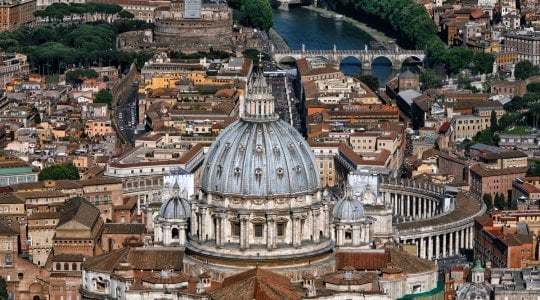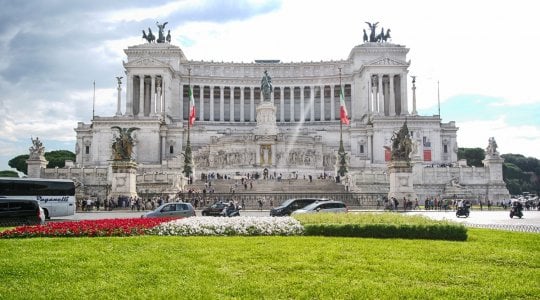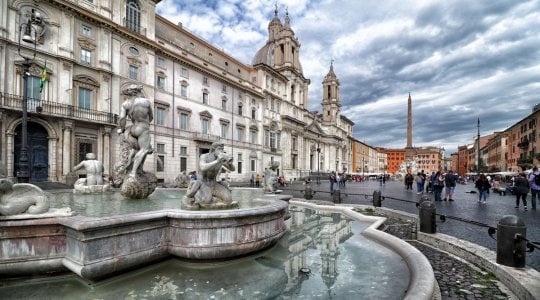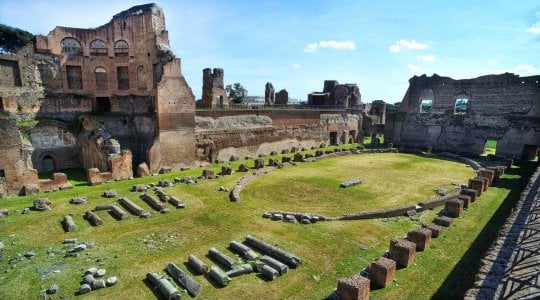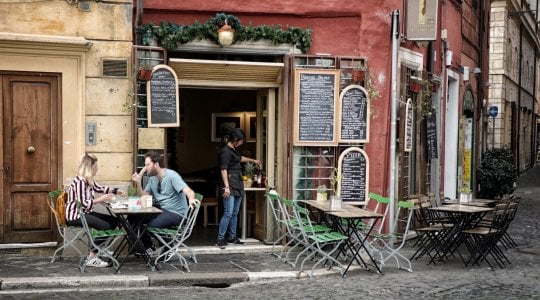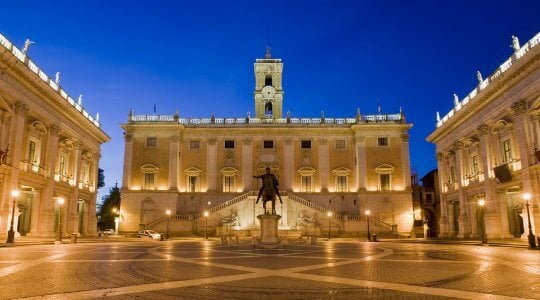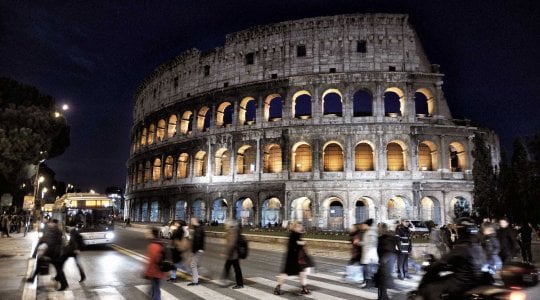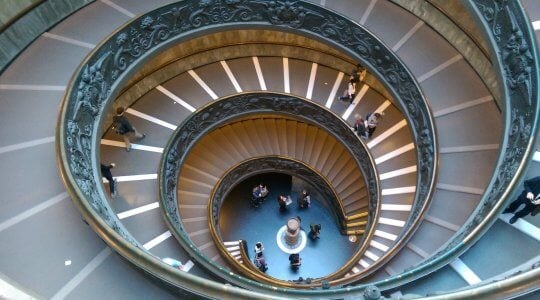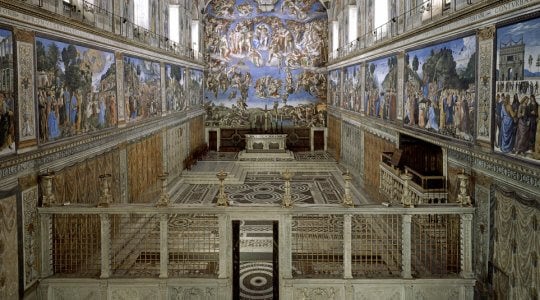Official Reseller Rome and Vatican – Jubilee 2025
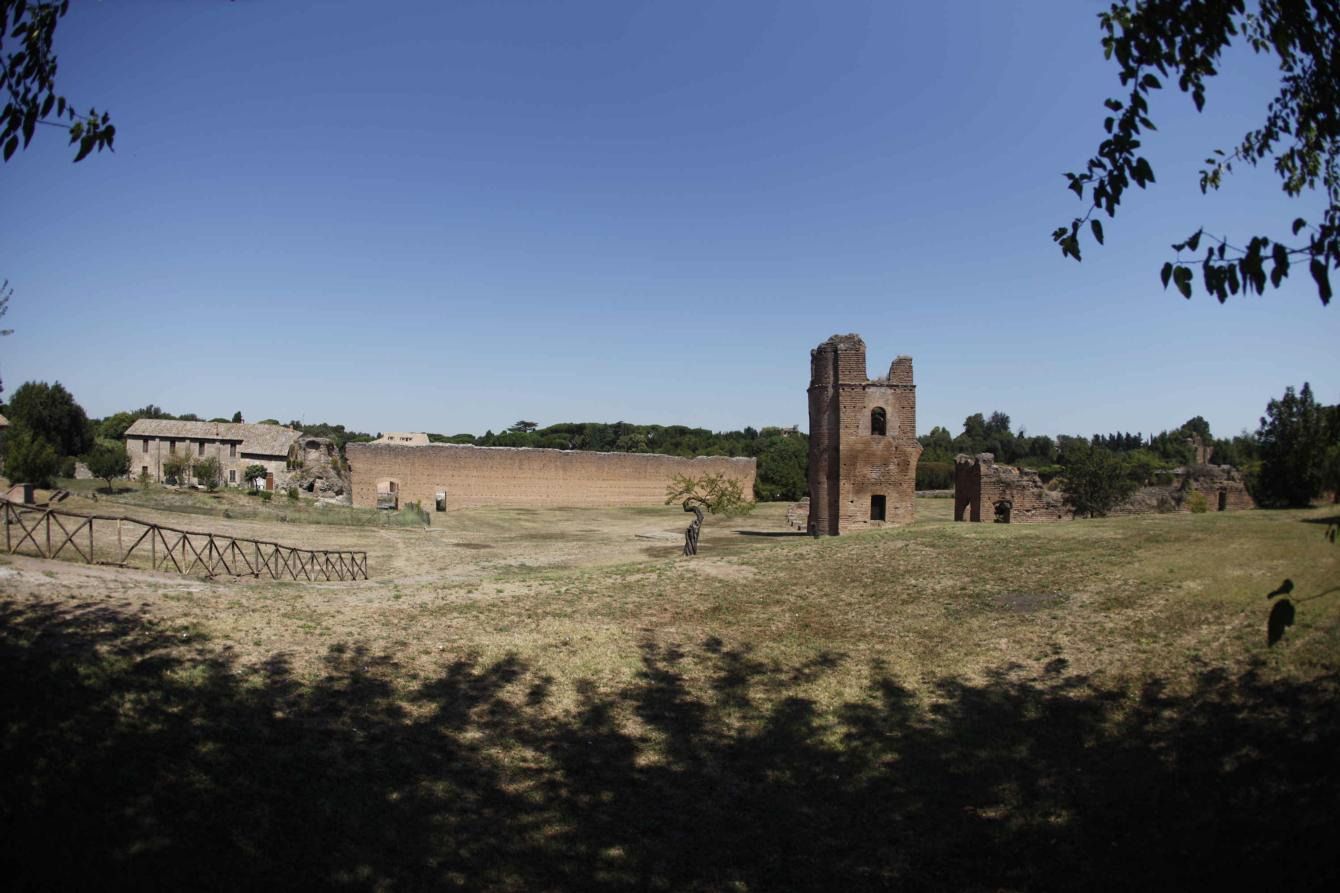
Areas of the Center: Appia Antica
Appia Antica: the way of history
Everyone in Italy knows Via Appia, at least by name.
The route of this consular road, which can be defined as the forerunner of modern roads, starts from Rome and reaches Brindisi, which was once a very important port connecting the Italian peninsula with Greece and the East.
Some parts of Via Appia Antica are still visible and accessible, while others represent a real treasure to visit and observe, especially for archaeology enthusiasts. Living on the Appia Antica means choosing to reside in an area of great historical and cultural interest, along the stretch that the Romans, between the fourth and third centuries B.C. they decided it was the best route for their trade and commerce.
On the other hand, no other street can boast the title of “regina viarum”, or the “queen of the streets”. Along Via Appia Antica, the wonders of Roman civilization add up to those of nature. There are mausoleums, villas, catacombs, temples, but also undulating hills, fertile cultivated fields and maritime pines that stand out against the blue background. Via Appia Antica is certainly one of the most interesting areas of central Italy to live in, because it is well connected to the center of the capital and it also enjoys the tranquility of the Alban Hills at the same time.
The stretch of Via Appia that is included within the boundaries of the capital Rome, goes from the I mile, from Porta Capena to Porta S. Sebastiano, up to the IX mile, at Bovillae. This stretch is so rich in archaeological evidence that it is impossible to mention all of them. Every bit, every corner has a surprise, so people get used to living in a privileged place.
The area
Appia Antica area has a special charm. The mausoleum tomb of Cecilia Metella is an important landmark, between the second and third miles of Via Appia Antica. A quiet, peaceful neighborhood, where the inevitable but extremely pleasant charm of history hovers. Its proximity to important services, such as the metro stations, gives the neighborhood an added value, making this consular road easy to reach.
It is in fact easy to reach it from the Metro Line A stations, from the Colli Albani Metro Station, connected with Cinecittà, Arco di Travertino, Lucio Sestio, Giulio Agricola and Subaugusta Metro Station. Via Appia Antica can also be reached using the suburban rail services of Rome, with train lines FL7 and FL8, from Torricola station.
On public holidays, this Roman stretch of Via Appia Antica becomes a pedestrian area; this should be seen as a motivation that pushes us to appreciate the area from a more relaxed and enjoyable point of view, a unique experience for the richness of observation points.
The paving of the consular road is in Roman basalt stone, and walking on it is certainly something unique. Basalt was first used by the Romans and is formed by laying slabs of rock of volcanic origin, which are very heavy and resistant. Since then, this road paving technique has long been used and then abandoned in favor of the smooth asphalt. Now, especially in the historic centers of the southern cities, we tend to restore this road surface, which is aesthetically very beautiful and more resistant than asphalt, even if more expensive and less easy for fast flowing traffic. Certainly, however, the basalt of the ancient Appia is inimitable.
The Roman stretch of Via Appia Antica is a unique place in the world. You do not necessarily have to be passionate about ancient history or in love with the charm of archaeology to be attracted to a similar place. In Roman times, the road was designed to be used in a comfortable and intelligent way, with a sufficient width for the easy passage of two wagons, in both directions, and of the “sidewalks”, or crepidines, for pedestrian circulation.
